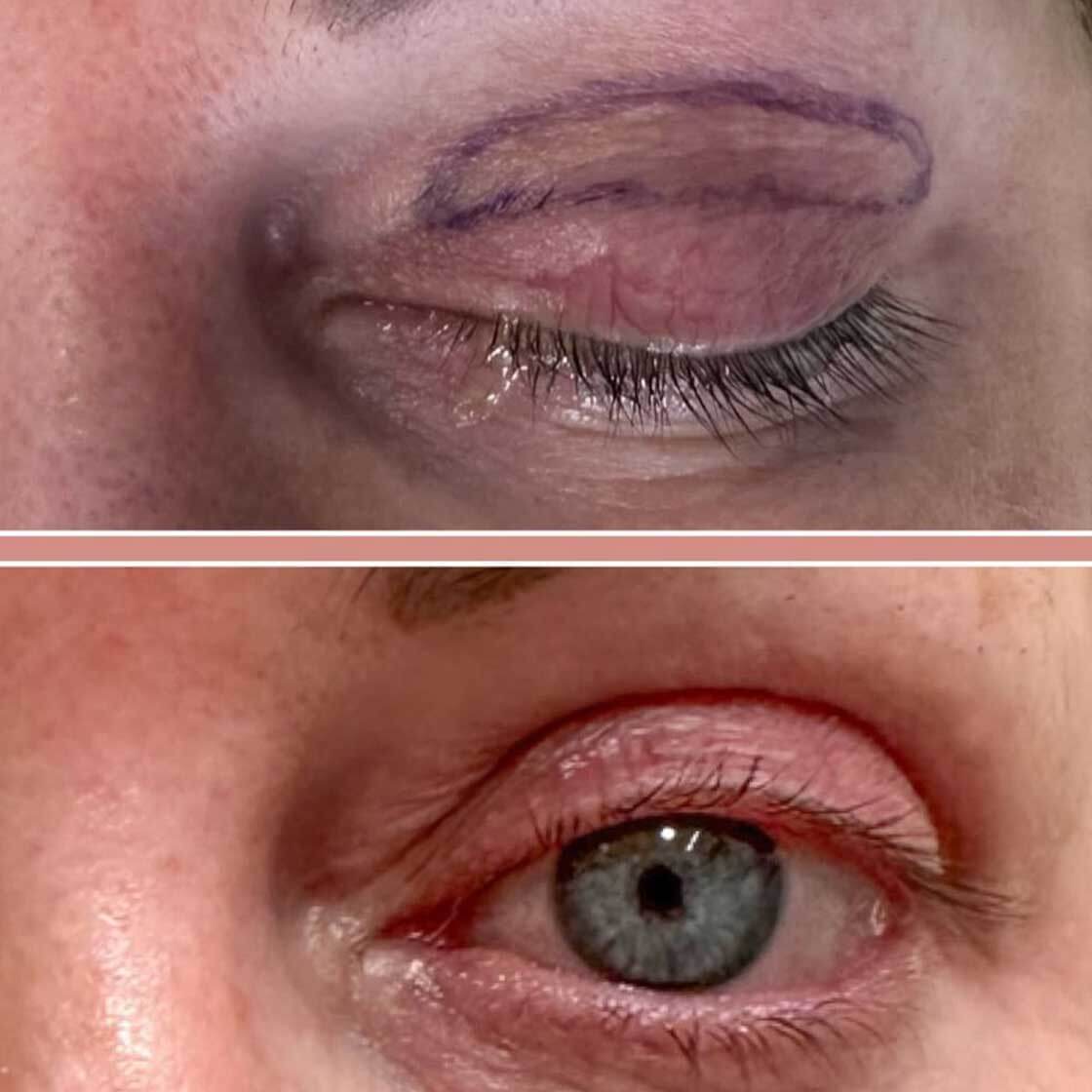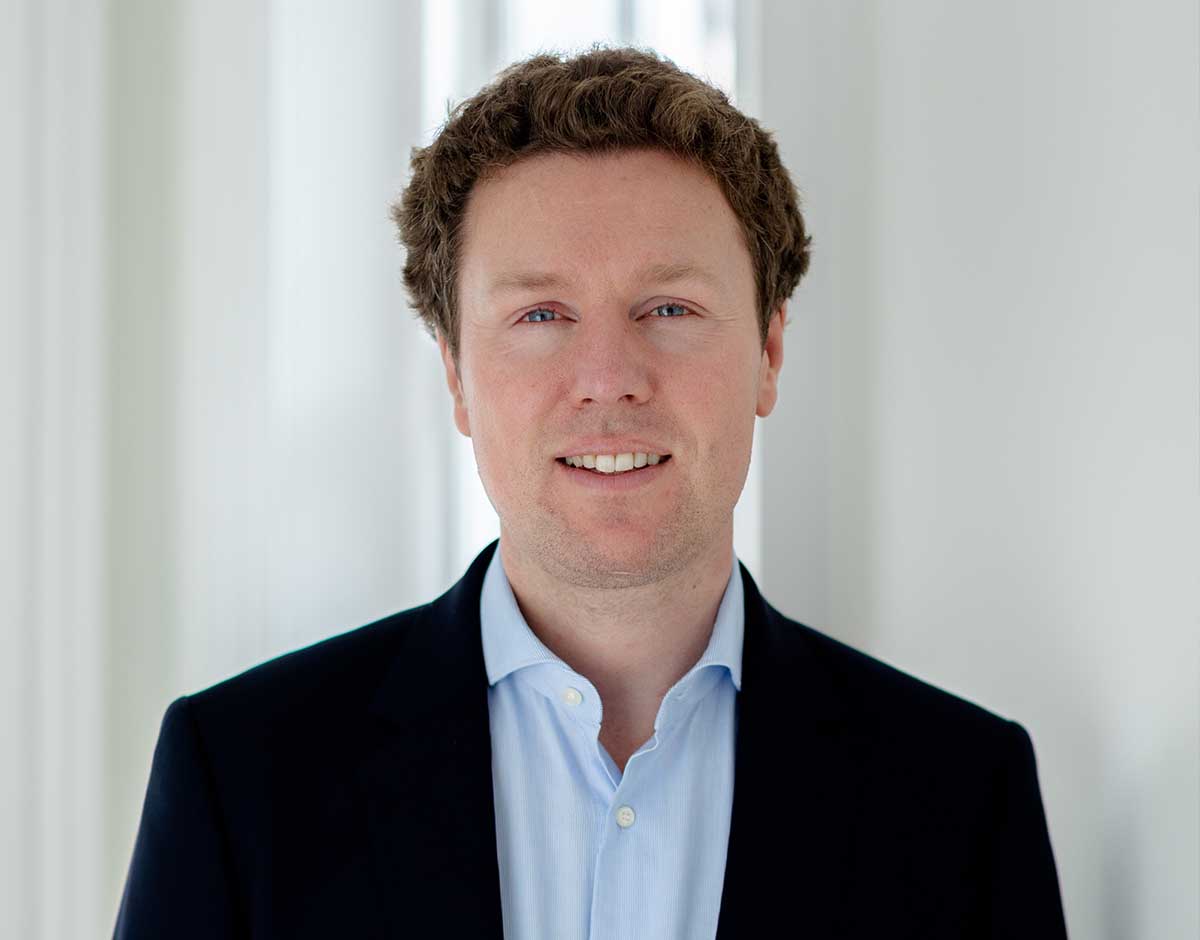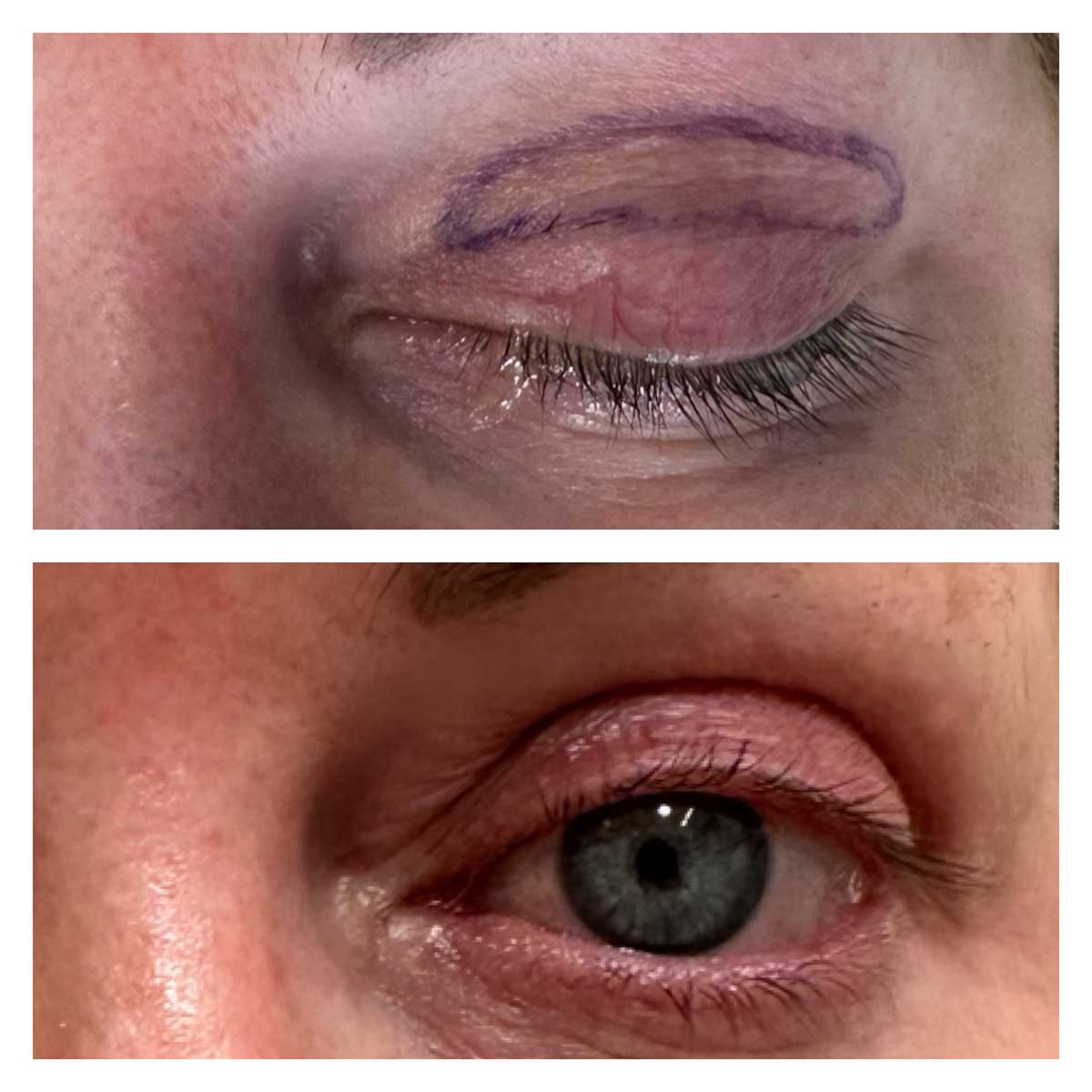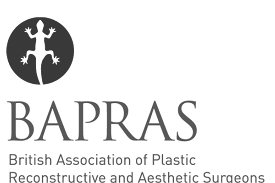-
What is upper blepharoplasty surgery?
Upper blepharoplasty is a surgical procedure that rejuvenates the appearance of the upper eyelids. During this outpatient procedure excess skin is carefully removed from the upper eyelid area, and fat may need to be moved to fill hollowed areas or fat transfer performed to import fat to the area and reduce hollowing and tiredness. The surgery aims to address heavy eyelids, reduce puffiness and excess skin, and create a more youthful look around the eyes. It can also improve peripheral vision in cases where excess skin obstructs sight.
-
How can a brow lift improve my upper blepharoplasty results?
A combination approach of upper blepharoplasty and a brow lift recognises the continuum of the upper upper eyelid and brow. By elevating a drooping brow alongside eyelid correction, Jonathan can achieve a more harmonious and youthful appearance and avoid residual heaviness at the lateral aspect of the eyelid. This combined technique not only improves visual field obstruction but also ensures a balanced, natural-looking outcome, preventing residual eyelid heaviness or in some cases a worsening appearance due to unrecognised drooping of the brow (compensated brow ptosis).
-
Who is upper blepharoplasty surgery suitable for?
Men and women with excess eyelid skin, hooded or heavy-looking eyes, and those with impaired peripheral vision due to overhanging eyelids can all benefit from this procedure to provide them with a refreshed appearance. Your suitability will be assessed when you visit Jonathan for your consultation.
-
What happens at the first appointment?
A comprehensive evaluation by Jonathan Dunne will identify your individual anatomical variations, assess your skin elasticity, and determine the extent of tissue removal needed. This will help him to tailor the procedure to your unique facial features and aesthetic goals. Also, by gaining an understanding of your medical history and expectations, Jonathan can better ensure optimal results, in enhancing both your appearance and the functionality of your upper eyelids, while minimising potential risks.
-
How painful is upper blepharoplasty surgery?
During the surgery, you’ll typically have local anaesthesia, ensuring you feel no pain. Post-operatively, discomfort can be mild to moderate, often described as a feeling of tightness or bruising. Many patients manage pain effectively with over-the-counter medications and cold compresses. The discomfort should subside significantly within a few days.
-
How long does upper Blepharoplasty surgery take?
Upper blepharoplasty takes about 45-60 minutes to complete. However, the exact duration can vary depending on the complexity of the case and whether it’s combined with other procedures.
-
What results can I expect from this procedure?
We would expect you to experience a more youthful, refreshed appearance with reduced heaviness, opening up of the eyes and a restored eyelid crease. Recovery usually involves 2 weeks of doing less activity while bruising and swelling settle, and at 4 weeks there should be little signs of surgery. The final results should be visible after 6-9 months.
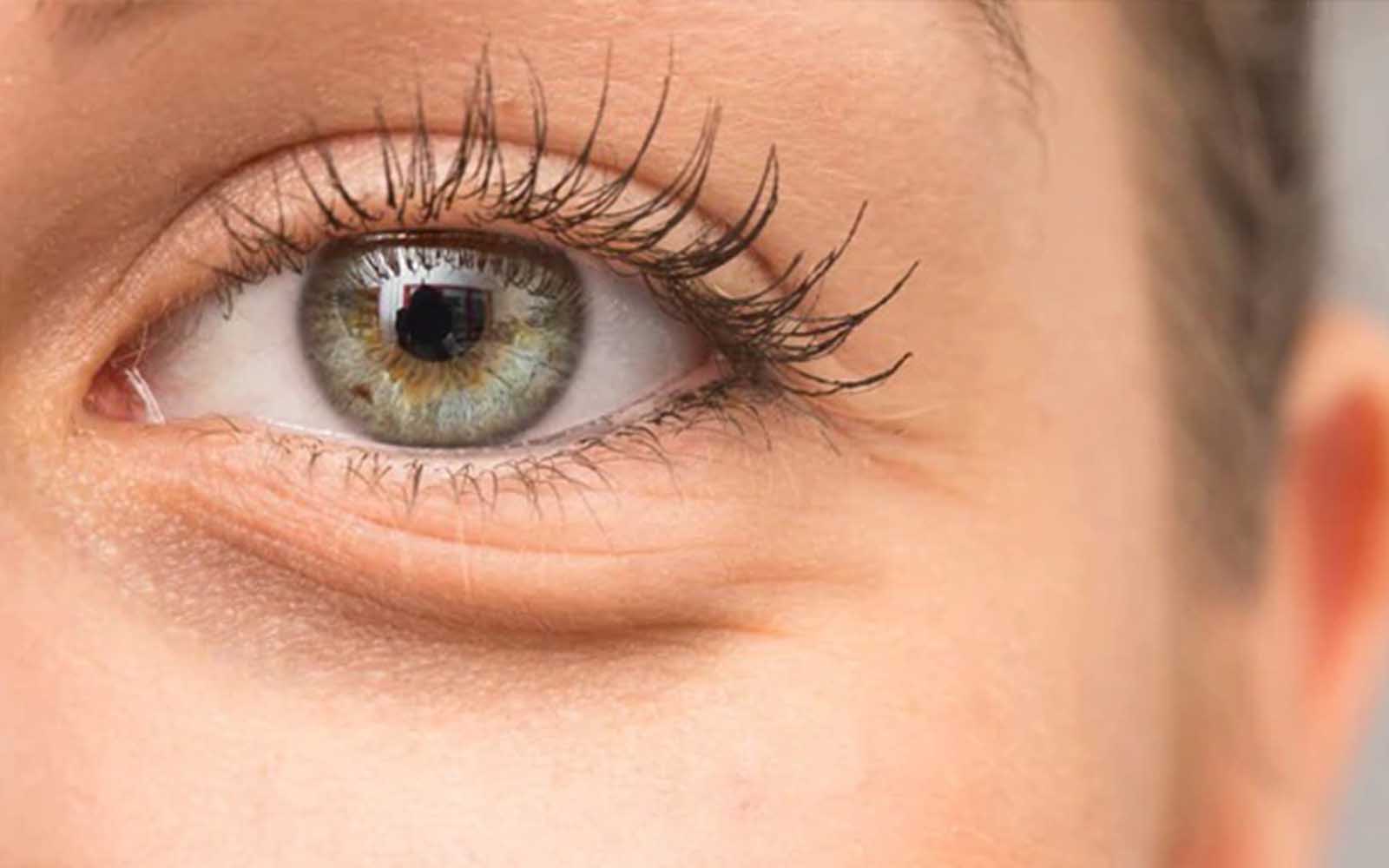
Upper Blepharoplasty
Face Aesthetic
Upper blepharoplasty surgery addresses a number of eyelid issues that can affect both appearance and vision. If you’re experiencing heavy upper eyelids, excess skin folds, hollowing of the eyes or fatty deposits, you might be feeling self conscious about having a tired or aged look, and the field of vision may also be impaired. During the surgery, excess skin will be removed from the eyelid and fat may need to be repositioned or added as a fat graft to restore a more youthful appearance by opening up the eyes and may also improve vision.
What happens during upper blepharoplasty surgery?
Often under local anaesthetic, the excess skin of the upper eyelid is carefully marked out and removed, opening up the eyes and restoring the natural eyelid crease. Upper blepharoplasty is often combined with fat transfer or fat transposition, to replenish volume loss which may have caused the eyes to have a hollowed and tired appearance, or an A-frame deformity. By integrating these procedures, Jonathan can achieve natural-looking results that not only tighten the upper eyelid but also restore lost volume.
Is Jonathan Dunne a good choice for this procedure?
Jonathan Dunne has a patient-focused approach and years of specialist experience. He combines surgical precision with an eye to deliver natural-looking results. His commitment to personalised care means you’ll receive tailored treatment and attentive follow-up.
Faqs | Upper Blepharoplasty
“Nice facility, especially the waiting room! Efficient service, and well-informed and professional medical intervention.”
Client Review





